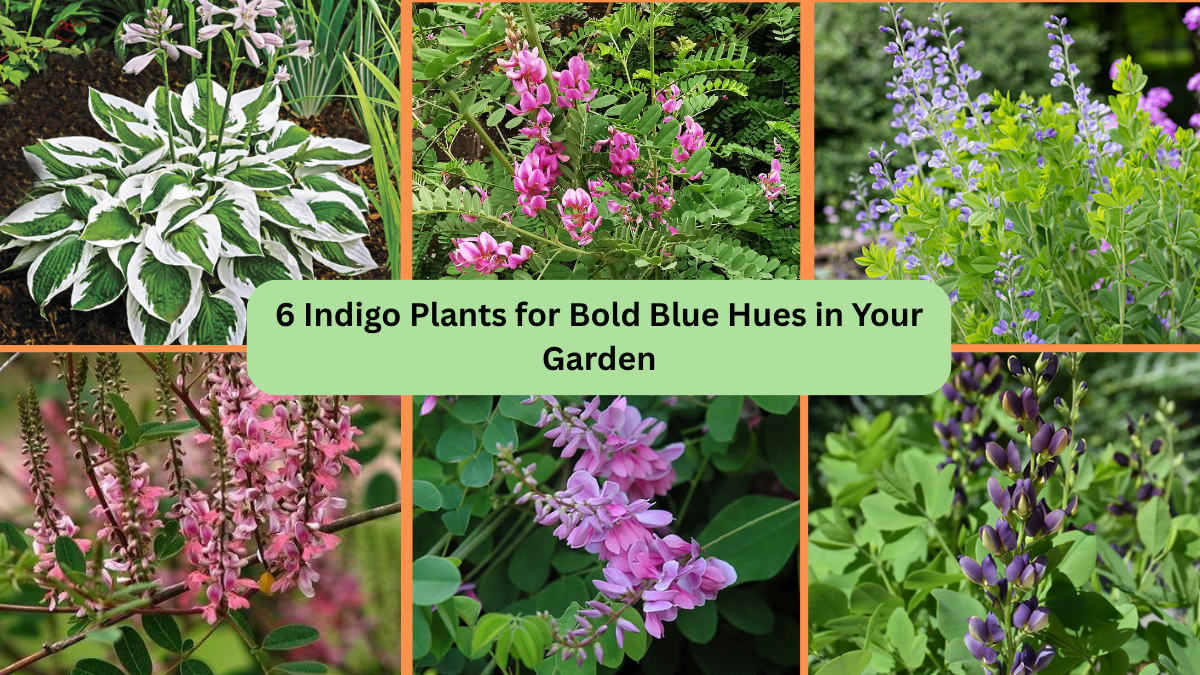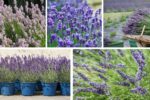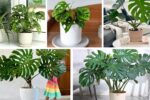If you love rich, moody colors in your garden, indigo plants are a must-have addition. Known for their stunning shades of deep blue to violet, these plants bring an elegant and dramatic touch to flower beds, borders, and containers. Many indigo plants also offer benefits like nitrogen-fixing, wildlife attraction, or even dye production. Whether you prefer tall, airy flowers or compact blooms, here are six fantastic indigo plants to paint your garden with bold, beautiful blue hues.

1. Indigofera tinctoria (True Indigo)
Indigofera tinctoria is the famous plant behind traditional indigo dye, prized for centuries in textiles. This small, deciduous shrub produces delicate pinkish-violet flower spikes in late spring and summer, adding a soft, graceful charm to garden spaces. Its fine, compound foliage complements the blooms beautifully. Thriving in full sun and well-drained soil, True Indigo reaches about 3-5 feet tall. Besides its beauty, it enriches soil by fixing nitrogen and attracts pollinators like bees and butterflies to your garden.

2. Indigofera heterantha (Himalayan Indigo)
A cold-hardy cousin of True Indigo, Indigofera heterantha is native to the Himalayan region and ideal for temperate gardens. It’s a deciduous shrub with arching stems and clusters of rosy-purple to indigo-blue flowers from midsummer into fall. This plant grows up to 4-6 feet tall and prefers full sun to light shade and well-draining soil. Its fern-like foliage adds soft texture, while its long blooming season ensures continuous color in your landscape when many other plants have faded.
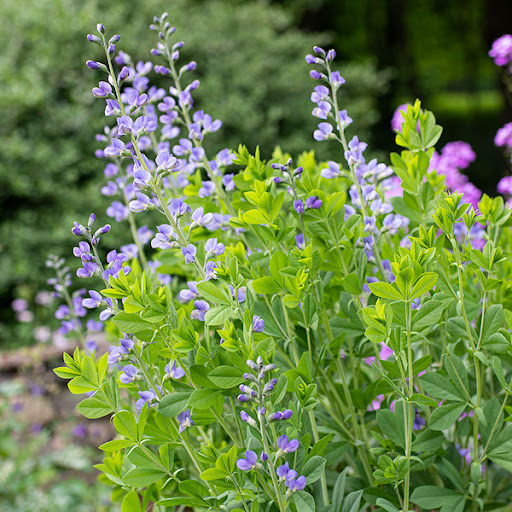
3. Baptisia australis (Blue False Indigo)
Baptisia australis, also called Blue False Indigo, is a bold, architectural perennial native to North America. It boasts spires of rich indigo-blue flowers in late spring to early summer, followed by attractive black seed pods. The blue-green foliage stays tidy and attractive throughout the season. This plant thrives in full sun and well-drained soil, growing up to 3-4 feet tall. It’s drought-tolerant, deer-resistant, and a magnet for bees and butterflies, making it perfect for sunny borders and prairie-style gardens.

4. Indigofera amblyantha (Pink Indigo)
While its blooms lean more towards pinkish-lavender, Indigofera amblyantha offers indigo undertones and gracefully cascading flower spikes that soften garden borders. This semi-evergreen shrub is native to China and blooms generously from late spring through summer. It grows about 3-5 feet tall and wide, with delicate, airy foliage that moves beautifully in the breeze. It’s an excellent choice for cottage gardens, informal borders, or mixed perennial beds, adding a touch of romantic color and fine texture to shady or sun-drenched spots.

5. Indigofera kirilowii (Chinese Indigo)
Another hardy and graceful species, Indigofera kirilowii hails from northern China and is prized for its lovely blue-violet flowers. It produces delicate, pea-like blossoms on arching branches from early summer through fall. Reaching about 3-4 feet in height, this drought-tolerant shrub flourishes in full sun and well-drained soil. Its soft, feathery foliage makes it a perfect companion for ornamental grasses or tall perennials, and its long bloom time ensures your garden enjoys continuous color.
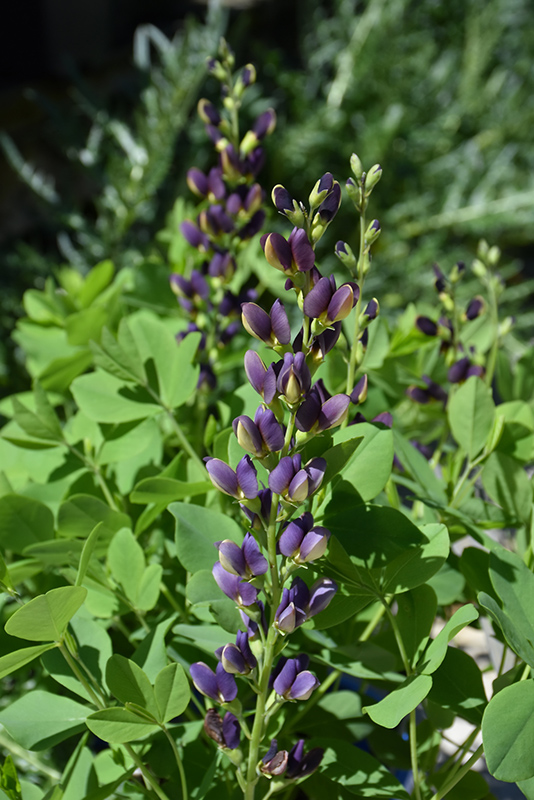
6. Baptisia ‘Indigo Spires’
A cultivated variety of Baptisia, ‘Indigo Spires’ stands out for its strikingly tall, deep indigo-blue flower spikes that can reach 3-5 feet high. Blooming in late spring, the flowers are long-lasting and followed by decorative seed pods that persist into fall. The sturdy, upright form and lush, blue-green foliage make this perennial a star in borders, mixed beds, or native plant gardens. It thrives in sunny spots with well-drained soil and is both deer-resistant and drought-tolerant once established.
Conclusion
Whether you’re drawn to the historical allure of True Indigo or the wild prairie beauty of Blue False Indigo, these plants fill your garden with captivating blue hues and graceful forms. Their versatility — from compact shrubs to tall perennials — makes them suitable for various garden styles, while their low-maintenance nature and pollinator-friendly blooms add ecological value. Plant a few together or pair them with whites, silvers, and soft yellows for a breathtaking, timeless palette.
